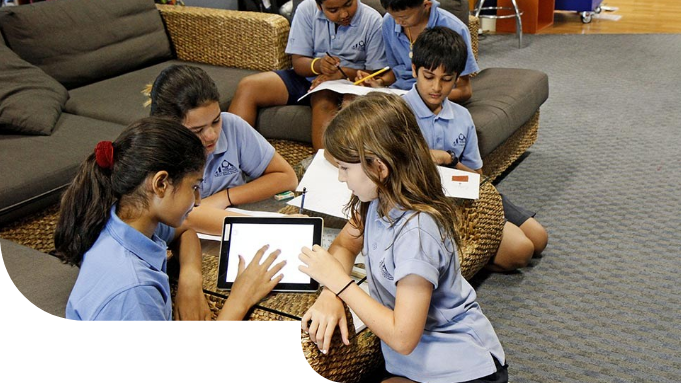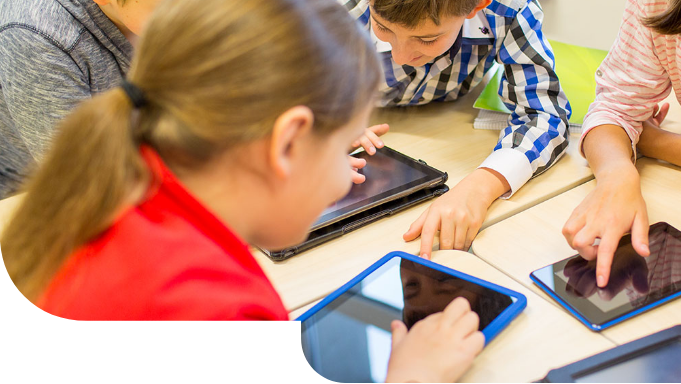As renowned educationalist Sir Ken Robinson once pointed out, education has traditionally been wary of technology in a way that is strangely at odds with the wider world. Children, he said, are taught from an early age not to copy each other’s ideas; yet in the workplace, this would be called teamwork, and is widely encouraged.
Thankfully, that is changing, and technology is playing a key role. Collaborative learning is not a new idea – group work has always taken place in classrooms (when students are given permission), and peer learning, which explicitly encourages pupils to learn from each other through discussion and demonstration, is a staple part of teacher training.
New Technology, New Impetus
Since the onset of wireless technology, collaborative learning has gained a new momentum. As long as they have a mobile device and a WiFi connection, students do not even have to be in the same place to share their learning. Social platforms mean they can share ideas wherever they are, conferencing technology means they can all sit in on the same virtual tutorial, and cloud productivity software means they can watch the same video and share written notes in real time.
All of this has come about in the last decade or so, thanks primarily to the simultaneous development of two technologies, wireless grids and devices which can use these grids to connect people (i.e. any mobile device with a camera, microphone and screen share facility). The deluge of software (or, if you prefer, apps) which has followed essentially enrich this basic functionality.
Initially, collaborative learning using wireless technology was something which emerged in colleges and universities, with tech-savvy students pushing their own learning on their new devices. But as young children have taken a bigger and bigger share of the mobile technology market – and have indeed become the first ‘digital natives’ – schools down to primary level have started to grasp the potential of letting children learn together through devices they intuitively understand.
Working Together
Indeed, with younger pupils, where it can be harder for teachers to let go of the instructional role, wireless technology allows a good balance to be struck between teacher-led activities and pupil-centred collaboration. Some of the ways WiFi in schools is allowing collaborative learning to flourish includes:
- Collective note-taking: Instead of teachers leading a lesson by writing notes on a topic on a board at the front of the class, every pupil has ownership because lesson notes appear on the device in front of them. Micro-blogging sites make this interactive, so students can add their own notes or ask questions which are shared with a group or the whole class.
- Collaborative projects: Wiki technology was created to allow any user to add their knowledge to a collective whole, simply and quickly. This is a powerful way to encourage children to share their learning towards creating a collaborative whole. It also hands over ownership of key higher-level skills such as selecting or rejecting content, and organising lay-out. This can be used to encourage collaboration in writing as much as project work, with many apps and websites offering platforms to collaborate on writing stories and books and allowing ideas to be shared in real time.
- Social learning: More and more schools are adopting Virtual Learning Platforms, which by their very nature make learning a shared, social activity rather than something distinct to each individual. VLPs break down the barriers between school and home, as students can carry on their learning after the school day ends and discuss it together through messenger platforms. Commercial VLPs, often subject specific, come with interactive lessons and collaborative games and puzzles as standard.
The key to all of this, of course, is having a robust, scalable WiFi network which can handle high volumes of data traffic, and having the devices available. The rest is limited only by the imaginations of students, teachers and the app makers.
For more information about setting up or updating the WiFi networks in your school to meet the demands of hi-tech education, get in touch with Simpli-Fi for a no-obligation discussion about your requirements.












